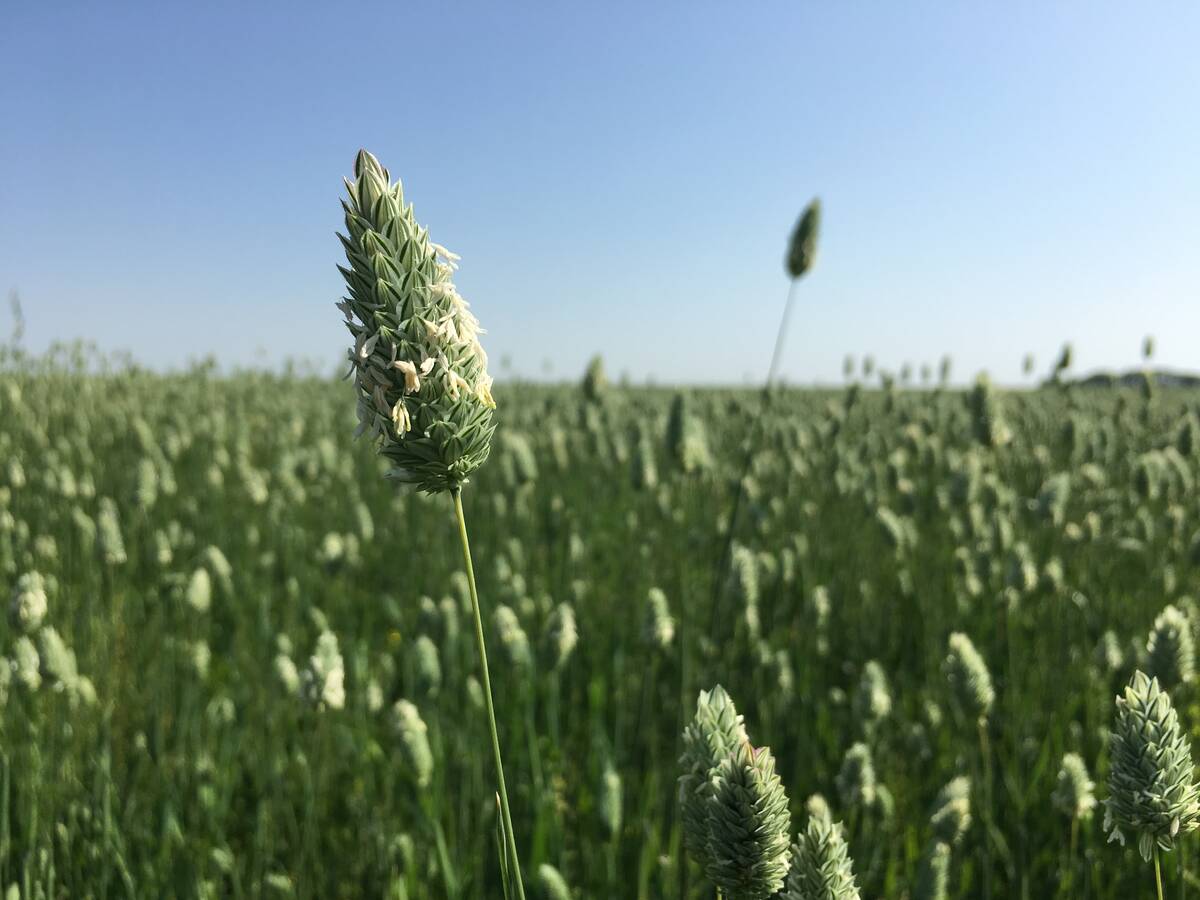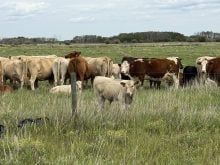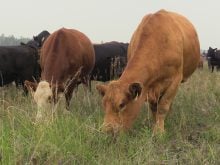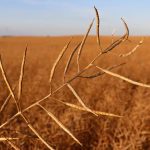This cattle market information is selected from the weekly report from Canfax, a division of the Canadian Cattlemen’s Association. More market information, analysis and statistics are available by becoming a Canfax subscriber by calling 403-275-5110 or at www.canfax.ca.
COVID affects packers
The Alberta fed market saw moderate trade last week on limited buying interest. Packers are pushing captive supplies to month-end and are struggling to maintain production as the new COVID variant takes its toll on the workforce.
Read Also

No special crop fireworks expected
farmers should not expect fireworks in the special crops market due to ample supplies.
Most sales were reported dressed with prices $7-$8 per hundredweight lower than the previous week, from $270-$271 per cwt. delivered. Weighted average steer prices closed the week $3 per cwt. lower than the previous week at $162.71.
Western Canadian fed slaughter for the week ending Jan. 1 was light at 32,270 head. Year to date, western Canadian fed slaughter was eight percent larger than a year ago, totaling 2,228,006 head.
Canadian fed cattle and cow exports to the U.S. for the week ending Dec. 25 eased seasonally lower to 6,756 head but were 68 percent larger than the same week last year. Year to date, fed cattle/cow exports were down eight percent, totaling 446,041 head.
Moderate Ontario trade trickled in last week with dressed sales steady to $3 per cwt. higher than the previous week from $290- $293 per cwt. delivered. Cattle priced last week were mostly scheduled for the kill week of Jan. 17.
There are ample Alberta slaughter inventories, and western Canadian packers will maintain leverage. Some Saturday shifts are anticipated to cope with the backlog.
In the United States, light to moderate trade saw live sales in the south steady with the previous week at US$138 per cwt. Northern live sales were generally steady to $1 per cwt. lower, averaging $139 live. Most dressed sales were reported at $220 per cwt. delivered.
Stocker calves traded steady to stronger on a tight supply, and feeder prices trended unevenly $1 per cwt. lower to $3 per cwt. higher. Drought continues to pressure stockers and feeders into feed yards in the central Plains.
Cold delays cow marketing
Packers are usually active on the market after the holidays and optimism for January was high, but the new year market started on a sluggish note.
Compared to the end of December, butcher cow prices were $1-$2 per cwt. lower. Competition on the non-fed market was limited last week with only one major packer buying cows. Cooler temperatures caused many producers to delay selling. D2s averaged $74.40 and D3s averaged $65.25 per cwt.
There are quite a few exposed cows on the market, but speculative or cow-calf buying interest is limited, and most of these cows are entering the slaughter mix. Year over year, butcher bull and cow prices are almost identical with a year ago.
Culling has been much harder than normal, suggesting non-fed supplies are more current than years past. Though cow prices have declined from January to February in five out of the past six years, the longer-term trend is more positive. From 1997-2015 there were 19 consecutive years that cow prices strengthened from January to February.
Demand for heavyweights
Only 9,000 head of feeders and non-fed cattle traded last week through commercial auction facilities in Alberta and Saskatchewan. Compared to the end of December, the market tone on the calf and lightweight stockers seemed stronger on steers and steady on heifers.
Demand for heavyweight feeders seemed exceptionally strong. There weren’t enough 900-pound plus steers trading though auction facilities to generate an average, but the Alberta and Saskatchewan trade for 900-1,000 lb. steers on electronic sales for immediate delivery saw top end prices in the $195-$200 per cwt. Many headed to Eastern Canada.
The first quarter of the year traditionally has the largest Canadian feeder export volumes to the U.S. In 2021, first quarter Canadian feeder export volumes averaged 1,399 head per week and the five- year average is 3,379 head per week. There is a good chance Canadian feeder exports for the first quarter could be higher than last year and the five-year average.
A lot of optimism is being priced into the feeder and live cattle futures contracts for the second half of this year. August to November 2022 feeder cattle contracts are trading above US$180 per cwt., the highest since 2015.
U.S. cutout strengthens
In U.S. beef trade, cut-out values strengthened on production slowdowns caused by the Omicron virus and weather-related shipping disruptions. Choice averaged US$268.56 and Select averaged $260.64 per cwt.














